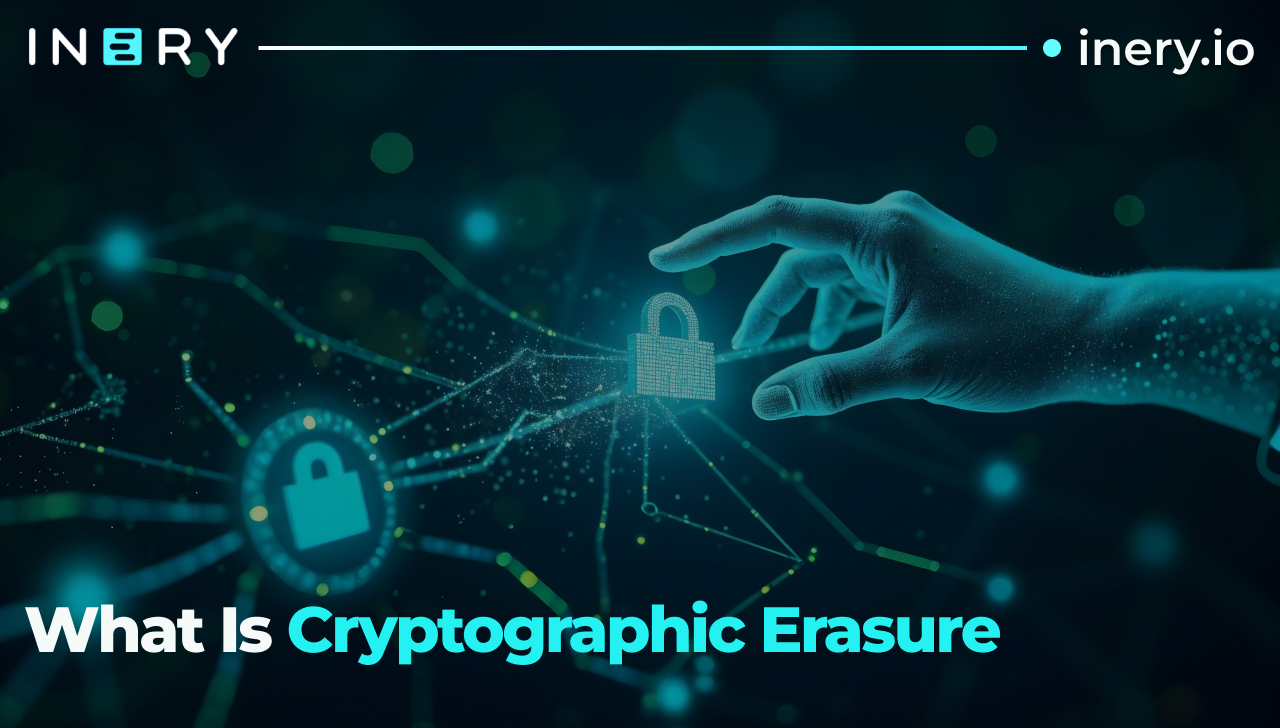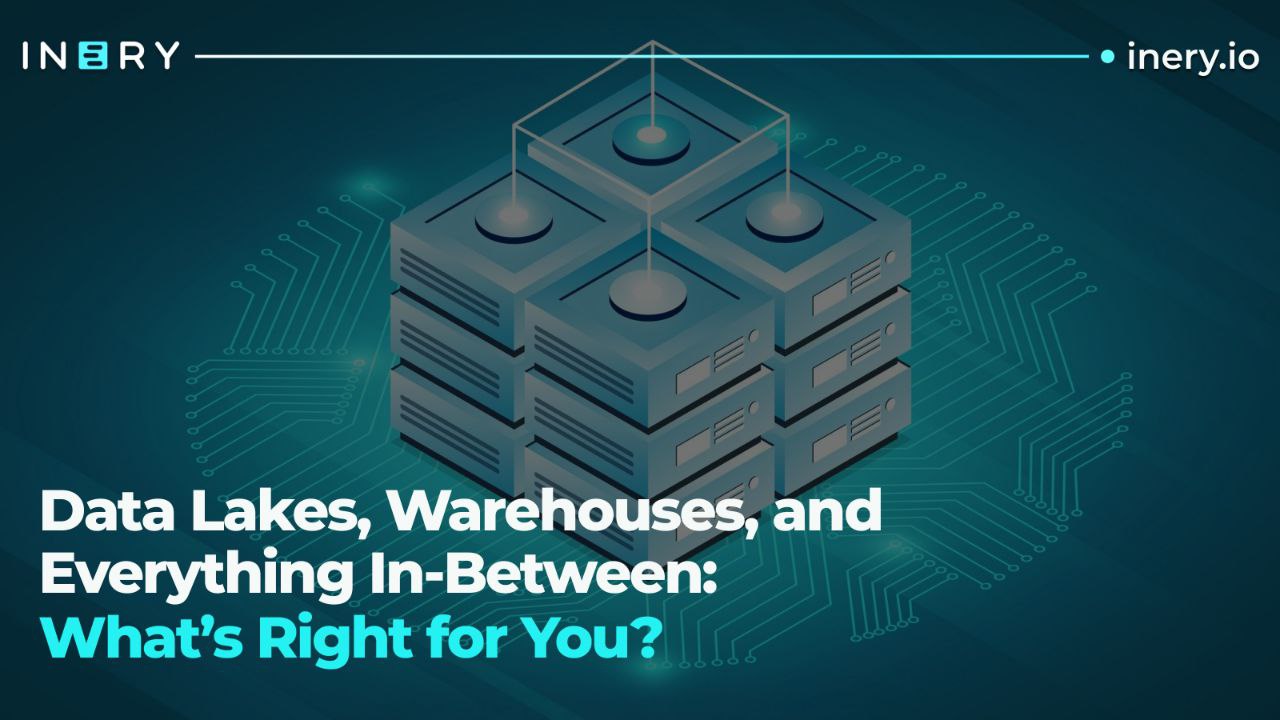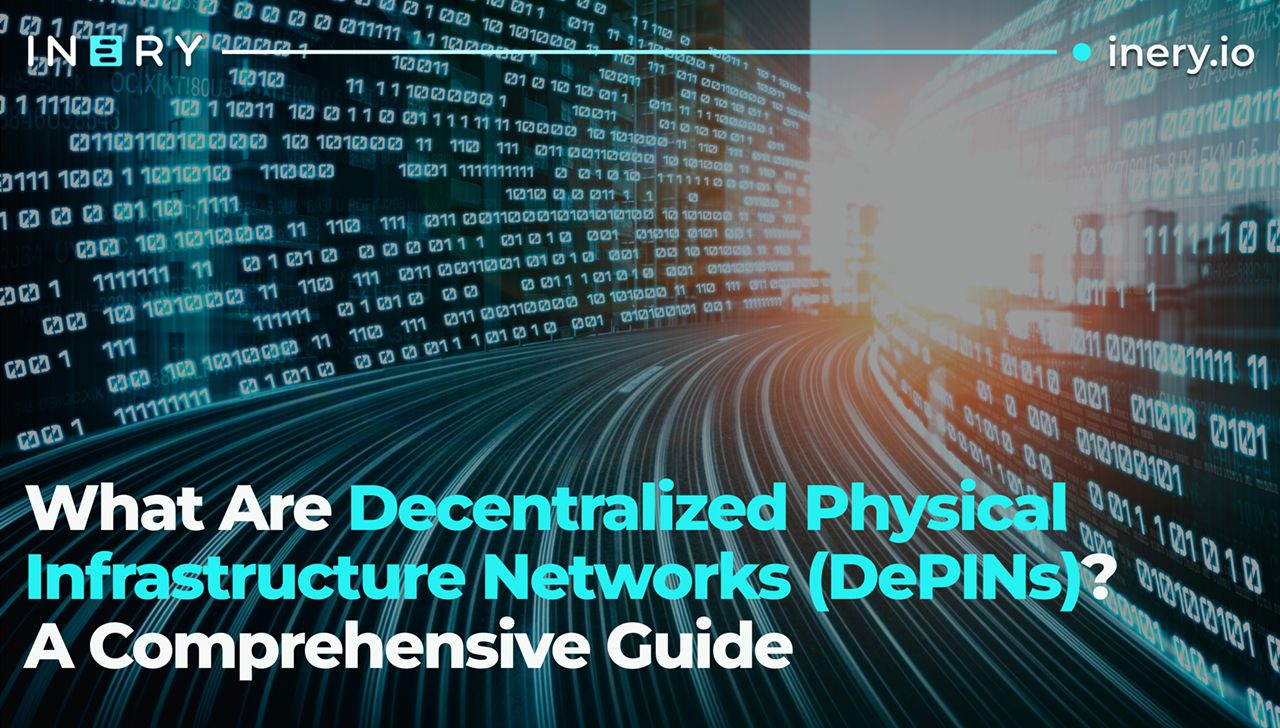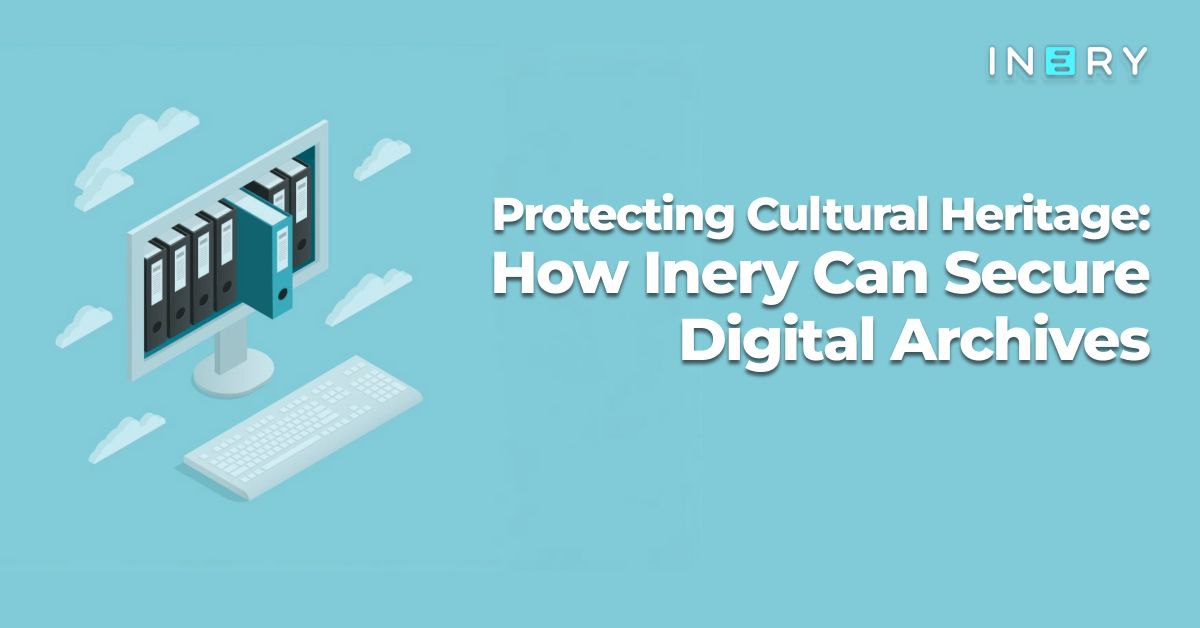We all know about PINs. Those tiny number combos that guard our bank accounts, phones, and mildly embarrassing notes apps. But what about DePINs? Sounds like a cousin who went rogue, doesn’t it?
Well, DePINs are definitely the rebels of the infrastructure world. They stand for Decentralized Physical Infrastructure Networks, and they’re reshaping how we build, operate, and own the physical systems we rely on daily, from data storage and energy grids to telecom towers and delivery networks. Instead of depending on centralized companies or governments to roll out and maintain infrastructure, DePINs push that responsibility, and the associated rewards, back to the crowd.
In this guide, we’ll walk through what DePINs are, how they work, what makes them tick, and why they're gaining serious traction in the worlds of blockchain, data, and distributed systems. If you’ve ever wondered what happens when physical infrastructure meets distributed ledgers, you’re in the right place.
From Central to Decentral: Why Infrastructure Needed a Shakeup
For centuries, infrastructure has been a game of scale, capital, and top-down control. Whether it was railroads, power lines, or internet cables, building physical systems meant big investments from governments or giant corporations, long timelines, and even longer contracts. And once those systems were in place, the entities that built them tended to control everything: access, pricing, maintenance, upgrades, etc.
This setup worked reasonably well in the industrial age. But today, it's showing strain.
Distributed technologies like blockchain introduced a new way of organizing trust and cooperation without a central authority. The obvious early applications were financial. Think cryptocurrencies and smart contracts. But over time, people started asking: what if we could use this model to coordinate physical systems too?
That’s where DePINs enter the picture. These networks use blockchain not just to store data or handle money, but to manage incentives, verify contributions, and coordinate real-world infrastructure, without a traditional middleman.
So, What Exactly Is a DePIN?
At its core, a DePIN is a network of physical infrastructure that operates through decentralized coordination and is incentivized by a blockchain-based system.
The key word here is physical. While decentralized applications and protocols usually exist in the cloud, DePINs involve hardware. We're talking about sensors, routers, charging stations, storage drives, satellites, antennas – real devices in real locations, owned and operated by real people.
Participants in a DePIN contribute resources to the network, maybe bandwidth, energy, compute power, or storage capacity, and in return, they earn tokens or other forms of reward. These contributions are verified and managed through a distributed ledger, ensuring transparency and traceability without needing a centralized overseer.
This means anyone, not just governments or corporations, can own a piece of critical infrastructure. And that’s a significant shift.
Examples Speak Louder Than Definitions
Let’s say you're running a decentralized wireless network. Instead of relying on a single telco to install towers everywhere, you build a system where individuals can set up small access points in their homes, cars, or rooftops. These nodes provide coverage and get rewarded for doing so. The more reliable and widely distributed the network, the better the coverage, and the more everyone earns.
Another example: decentralized storage. Instead of uploading files to a centralized data center, users distribute them across many nodes run by independent operators. Each operator stores a fragment of data, and the system ensures redundancy and availability. Again, those offering space earn tokens.
Both models replace a centralized operator with a protocol, and a community of contributors.
How Are These Systems Secured?
One of the major hurdles with any decentralized system is ensuring that participants actually do what they say they're doing. In blockchain, we verify transactions with cryptographic consensus. In DePINs, we also need to verify physical activity: Did that router really provide bandwidth? Did that sensor really collect data? Did that storage node really hold the file?
To solve this, DePINs often use a mix of proof mechanisms:
-
Proof of Location (to verify a node’s physical position)
-
Proof of Resource (to confirm bandwidth, storage, or energy was provided)
-
Proof of Workload or Service (to track usage or uptime)
These proofs are logged on-chain and tied to token rewards. It’s not a perfect science, and designing tamper-resistant proof systems for the real world is complex. However, the field is evolving fast.
Incentives Make the Network Go Round
No one installs routers on their roof or runs a storage node in their basement out of pure goodwill. What makes DePINs viable is the incentive model, participants earn tokens for their contribution.
This economic layer creates a self-sustaining system: as the network grows in value, the tokens become more desirable, which motivates more participants to join and improve the infrastructure. It’s a cycle that, when properly designed, aligns everyone’s interests.
But this also brings up governance. Who decides how much a contributor earns? Who adjusts the rewards if the token drops in value? Most DePINs solve this through on-chain governance mechanisms where token holders vote on protocol changes – essentially turning infrastructure management into a democratic process.
DePINs vs Traditional Infrastructure: A Comparison
In traditional infrastructure, capital and control are centralized. A telecom company builds the towers, owns the hardware, and charges for access. If they go offline, you lose coverage. If they change their pricing, you have no say.
In a DePIN, the infrastructure is built from the ground up by the community. There's no single point of failure, and decisions about the network's future can be made collectively. Because the underlying data and economic transactions are recorded on-chain, everything is more transparent. And because ownership is distributed, so are the benefits.
Of course, there are trade-offs. DePINs tend to be slower to scale, more complex to design, and harder to regulate. But for many use cases, the benefits in resilience, inclusion, and adaptability outweigh the drawbacks.
Why Now? What’s Driving the Rise of DePINs?
Several factors are converging to make DePINs viable and necessary.
First, the tools have matured. Blockchains are faster, cheaper, and more developer-friendly than ever before. Hardware is cheaper too: IoT devices, Raspberry Pis, mesh networks, even drones.
Second, trust in central entities is eroding. Data breaches, price gouging, surveillance concerns.. all of these have led to a cultural shift toward self-hosted, privacy-respecting alternatives.
Third, there’s a growing awareness that decentralization isn’t just about money. It can apply to energy, connectivity, logistics, and every other piece of the physical stack.
In many ways, DePINs are the physical manifestation of the same ideals that drove the early blockchain movement: permissionless participation, user ownership, transparency, and resilience.
Where Does Inery Fit Into All of This?
At Inery, we see DePINs not just as a trend, but as the natural next step in building more secure, scalable, and participatory data systems. Our core belief is that data is infrastructure, and how it's managed, stored, and verified determines the resilience of any digital or physical system built on top of it.
Inery can provide the backbone for DePINs that require reliable metadata storage. Our decentralized database architecture allows for high-throughput, low-latency, and immutable metadata management across distributed devices. Whether it's a sensor network generating terabytes of telemetry or a global swarm of edge nodes routing encrypted packets, the metadata that describes, timestamps, and authenticates those actions must be just as decentralized as the infrastructure itself.
Through IneryDB and our blockchain-powered consensus model, we provide the tools DePIN projects need to manage access control, storage proofs, and schema-level metadata validation, all without relying on a central authority.
DePINs don't just need coordination. They need a memory.
Is This Just a Buzzword?
“Decentralized Physical Infrastructure Networks” may not roll off the tongue, but the concept is simple: give people the tools and incentives to build infrastructure together, rather than waiting for someone else to do it.
Like any transformative idea, DePINs won’t solve everything, and they certainly won’t replace every traditional system overnight. But they offer a compelling alternative to the fragility and opacity of centralized infrastructure, and a real chance to rethink who builds the backbone of our digital and physical worlds.
And unlike your phone’s PIN, DePINs don’t lock you out. They let you in.

Inery•
2 years ago
The Priceless You: Uncovering the Untold Value of Personal Data
Uncover the hidden value of your personal data in the digital realm, where tech giants thrive on your information. ...READ MORE
-1700735858.png)
Share

Inery•
8 months ago
What Is Cryptographic Erasure?
What is cryptographic erasure and how does it actually work? We dig into the origins, mechanics, use cases, and its role in modern data management, with a look at how Inery fits into the picture. ...READ MORE

Share

Inery•
3 years ago
Inery & Power Companies – Power of Data
The applications of Inery in the power sector ...READ MORE

Share

Inery•
7 months ago
Data Lakes, Warehouses, and Everything In-Between: What’s Right for You?
Not all data storage is created equal. Explore the pros, pitfalls, and future of data architecture, and find out why Inery offers a new kind of control for modern organizations. ...READ MORE

Share
Most popular today


-1703751931.png)
